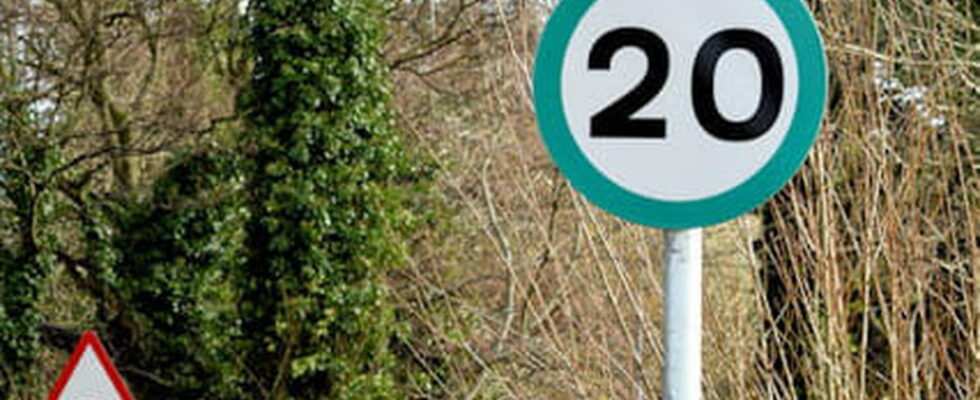These green-edged speed limit signs are popping up all over the roads and many drivers don’t know what they mean.
Some road signs are known to all motorists. This is the case of speed limit signs which are so important for road safety. We see them everywhere because they indicate on each road the speed not to exceed in order not to break the law and risk a fine of up to 1,500 euros. These round signs have a white background and are bordered in red. Inside the black number is the one that indicates to the driver the maximum speed at which he is allowed to drive: 50km/h, 80km/h, 110km/h, 130km/h…
According to the Vienna Convention on Road Signs and Signals, adopted in 1968, speed limit signs must have red borders to be easily recognizable and uniform in different countries. So there will be no nasty surprises if you plan to drive in Spain, Germany or Italy during the holidays, even if the speed limits are specific to each country. It is therefore better to know them before taking to the road, otherwise it is important to trust these signs.
However, for some time now, new speed limit signs have been appearing on the side of the roads. There is only one difference with the ones we are used to seeing: the edges are green. So why are they no longer red? Daniel ShenSmith, a lawyer and YouTuber, explains on his channel, which has over 13,000 subscribers, that many British motorists have recently asked him this question. The answer is that these are “advisory” signs, meaning that they indicate the recommended speed and not the authorized speed. “I can’t find anything in the law that says that a sign with a green border is enforceable,” says the lawyer. “You need a red and circular border for the speed limit to be enforceable.”
He adds that these new green-bordered signs are often installed next to normal speed limit signs. They are therefore there to encourage drivers not to press too hard on the accelerator pedal, which explains why they are most often installed near schools or in residential areas. Motorists take no risk in exceeding the indicated speed but they must bear in mind that they are driving in an area where many children may be having fun. A rather clever way of doing prevention that could one day cross the Channel.
